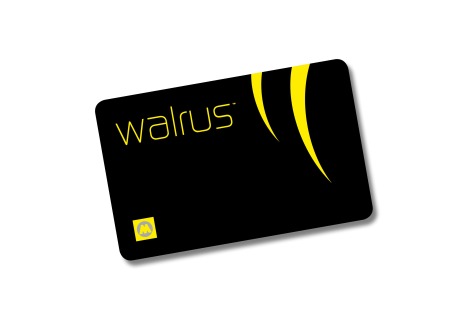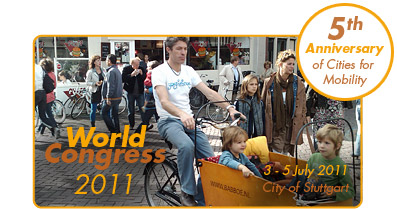We’ve been feeling pretty chuffed at Kenyon Fraser recently as we’ve been able to announce our work to create the branding for Merseytravel’s new smartcard – the Walrus.
We’ve been working on it for just over a year and have developed the brand from vision, through developing the name, to launch and are currently planning for implementation over the next couple of years. It’s all been done in partnership with our Merseytravel colleagues, with whom we form an extended team to work on all travel related strategic and operational marketing – as their sole supplier under a four year single party framework contract.
In conjunction with Merseytravel, we started the brand development process last September (2010) with a visioning and positioning exercise, taking a wide-ranging look at the key factors that would be relevant to developing the Smartcard brand for the Liverpool City Region – the equivalent of London’s Oyster card.
That’s quite a brief for starters – but a fantastic one – looking at what makes our City what it is – past, present and, most importantly, future.
Integrated transport of course has a key part to play in what makes Liverpool and Merseyside what it is – being crucial to the economy, culture, leisure and, well, everything else. We’re fortunate to have a great transport system – Merseyrail, bus, the iconic Ferries and Tunnels and a great cycle network and pedestrianised City Centre.
Understanding people, how they travel and how to influence greater use of public and sustainable transport is the foundation of Merseytravel’s corporate marketing strategy. Insight and segmentation guides all our marketing work, so it follows that the development of the Walrus has been insight led throughout.
The name Walrus emerged from a thorough development process, examining strategy, customer segments and international best practice and has been tested with focus groups drawn from Merseytravel’s key market segments.
The Walrus name came out top for a number of reasons. Sure, there’s a Beatles reference in there, but not only that. It has been chosen to reflect not simply a reference back to our most famous band, but also to the spirit of the City. An edge of unique humour, a strong sense of self-identity, an aquatic reference fitting to the both our seafaring past but also our future as a Gateway to the World. Also an environmental element – the importance of the marine environment, the ambition for the Mersey to become the cleanest City river, a reference to the strong commitment to green power being increasingly a key economic driver. The name also had the advantage of lining up with the meme for aquatic names started in Hong Kong with the Octopus smartcard, London’s Oyster, Canada’s Orca.
The brand name, identity and supporting communications needs to work across as diverse a range of segments as possible – everyone from Green Aware Twenty-somethings locally, to Japanese Beatles Tourists.
Ultimately, this name could only work for the Liverpool city region. So,Walrus it is!
Together with Merseytravel we’ve undertaken a whole range of activity to get to the branding, name and deliver the launch:
The work started in December 2010.
The first phase included:
· Research into other smart card projects and associated branding
· Research into the Liverpool City Region’s culture and economy, and the prominent brands within it
· Development of the brand position (personality, reasons to believe, benefits, brand essence)
· Creative sessions to develop ideas and concepts
· Refinement of concepts
· Testing of concepts; focus groups with different target segments (as defined by MT’s bespoke segmentation work)
· Further refinement of concepts and presentation to Chief Executive and Board
· Development of comprehensive brand guidelines; brand positioning, endorsement logos, typography, colour, brand logotype, iconography, sample applications)
This first phase was completed by March 2011.
The second phase included:
· Support in the development of a comprehensive media and stakeholder pack; developed in brand guidelines and containing key information about the brand and the introduction of smartcards across Merseyside
· Design and development of a micro-site with a content management system; introducing the brand to the general public and explaining how smartcards are being introduced across the region and data capture functionality
· Story-boarding, scripting, designing and building an animation (hosted on youtube and embedded on the homepage of the micro-site) to communicate key messages to the travelling public
· ‘Skinning’ of a Twitter page (@walruscard) & YouTube channel
· Supporting with the Media and Stakeholder launch
The second phase was completed by September 2011.
We are currently working on the brand strategy and supporting plans to support the implementation of Walrus cards across Merseyside’s transport network over the coming years.







